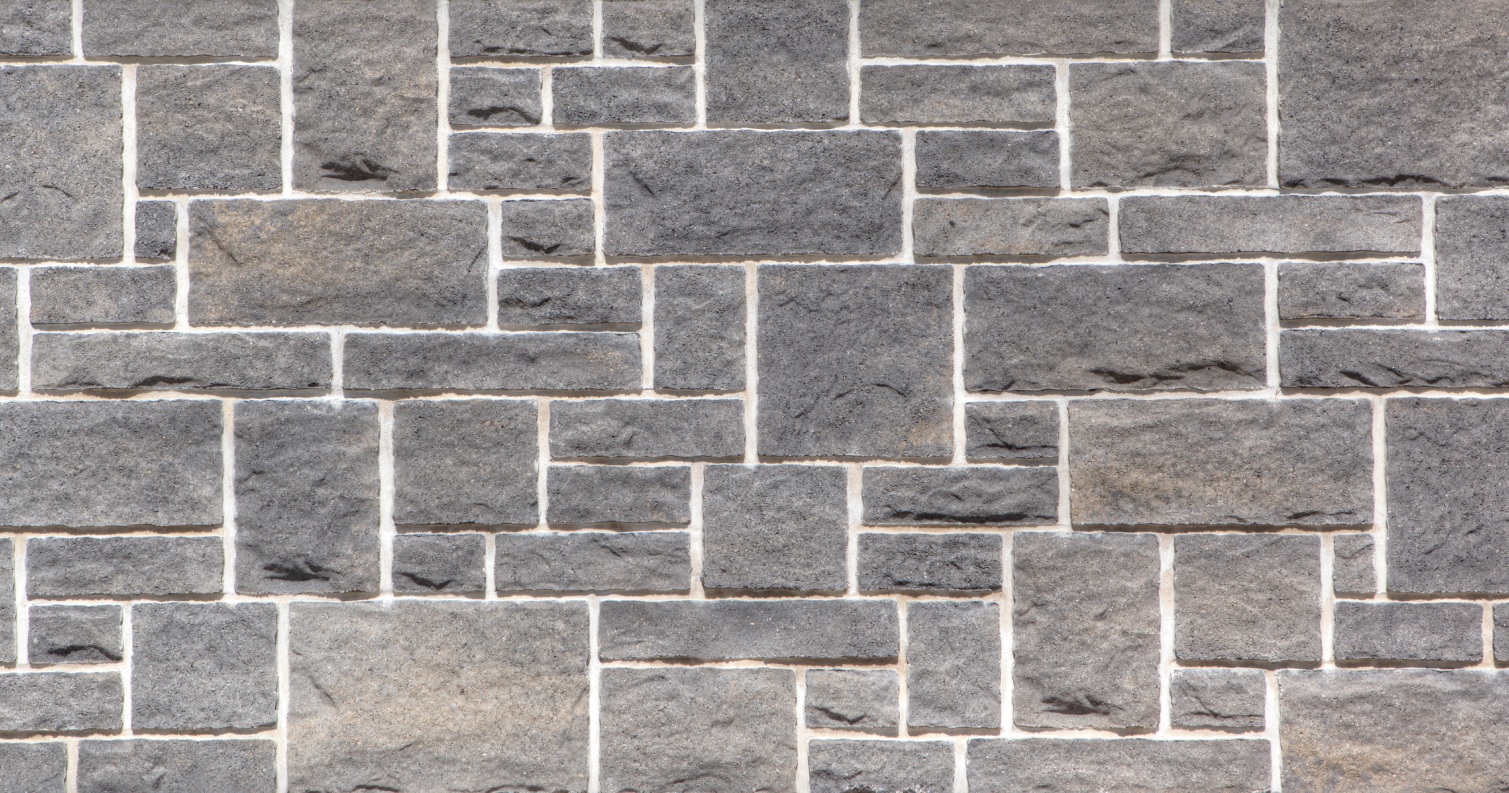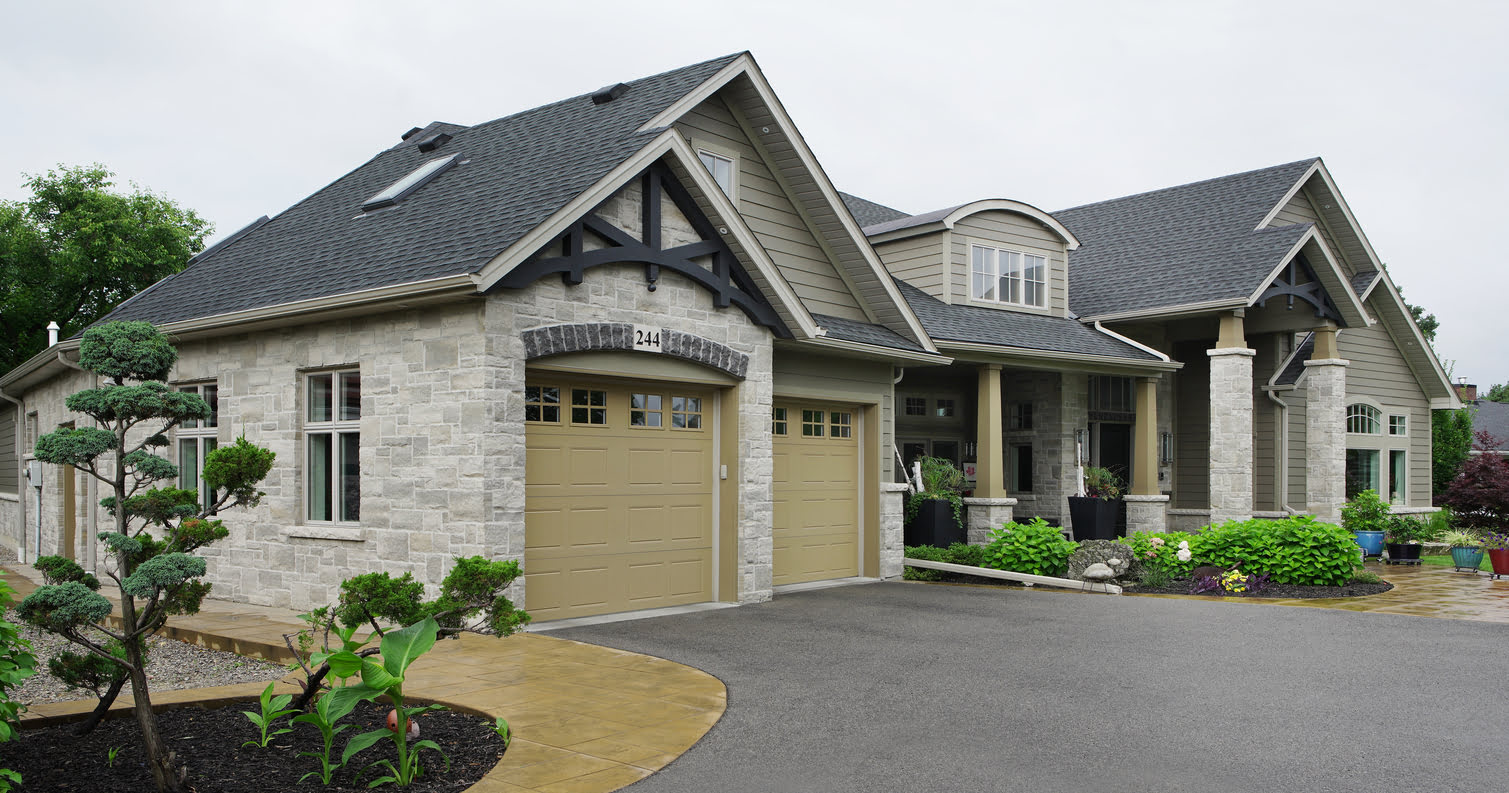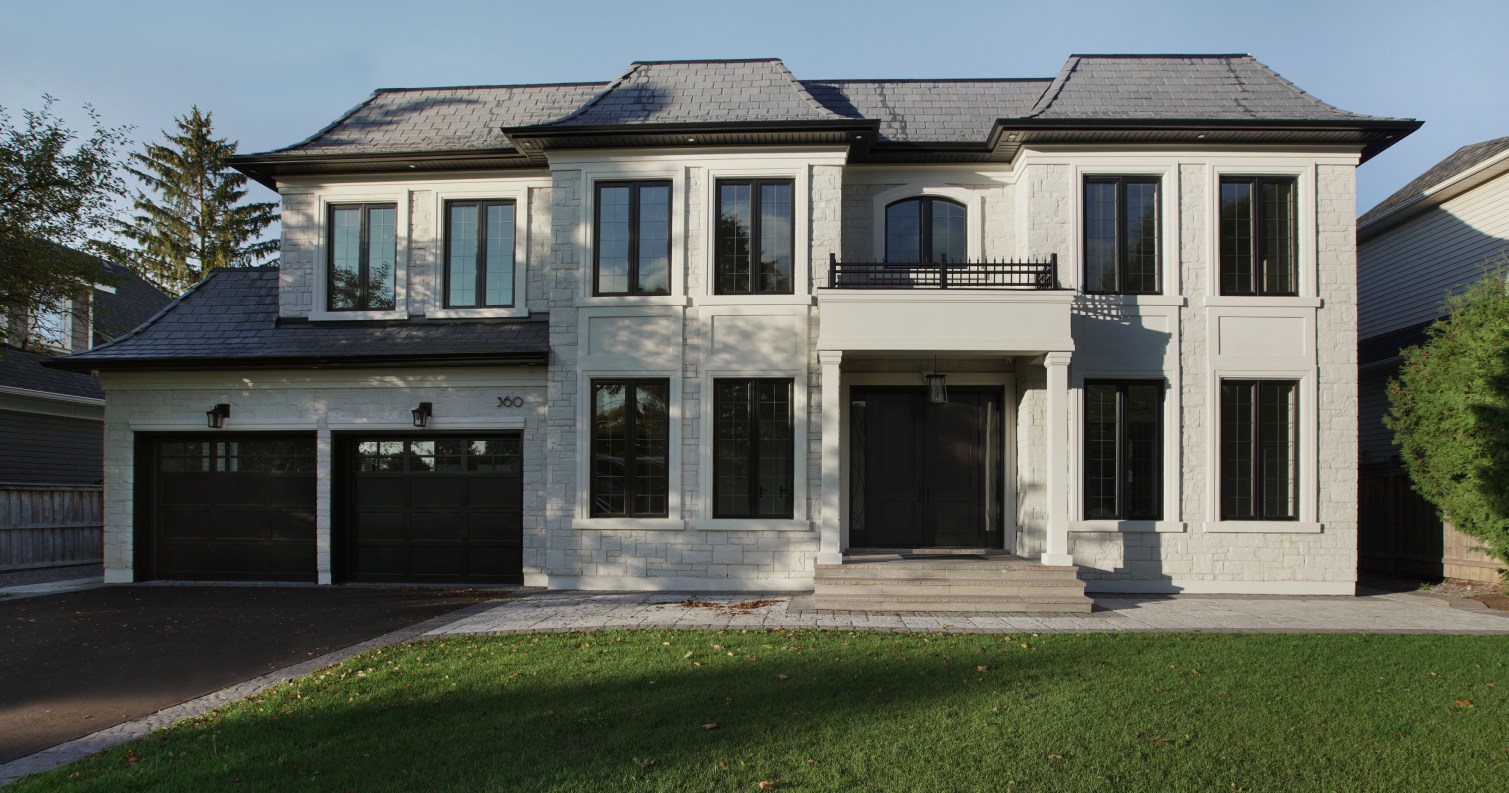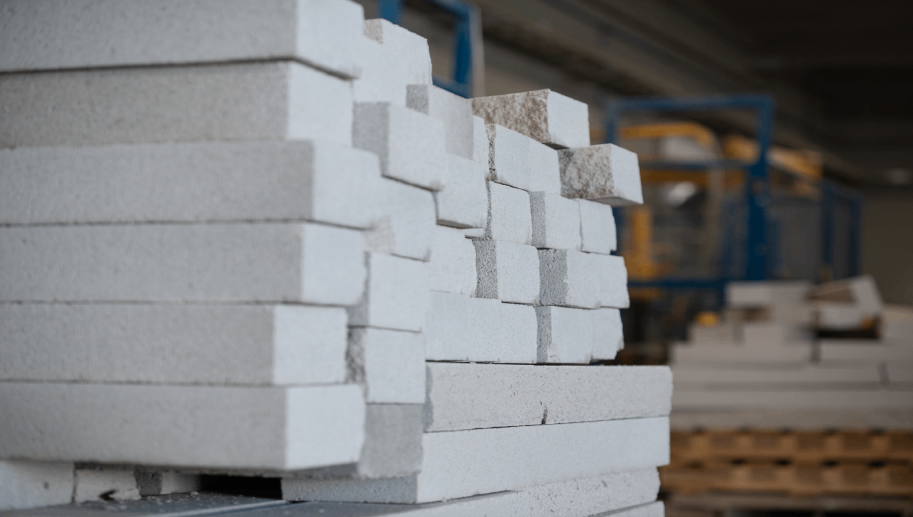Most of us are familiar with the term, “Stone Age.” It’s a period in history stretching back roughly 3 million years ago. Its name comes from the archeological evidence that our ancient ancestors used primitive stone tools. The era ended around 3,000 BCE when humans figured out how to smelt metals together and the Bronze Age began.
Not surprisingly, the Stone Age is also when pre-historic humans first started using stone as building material for their primitive shelters and gathering places.
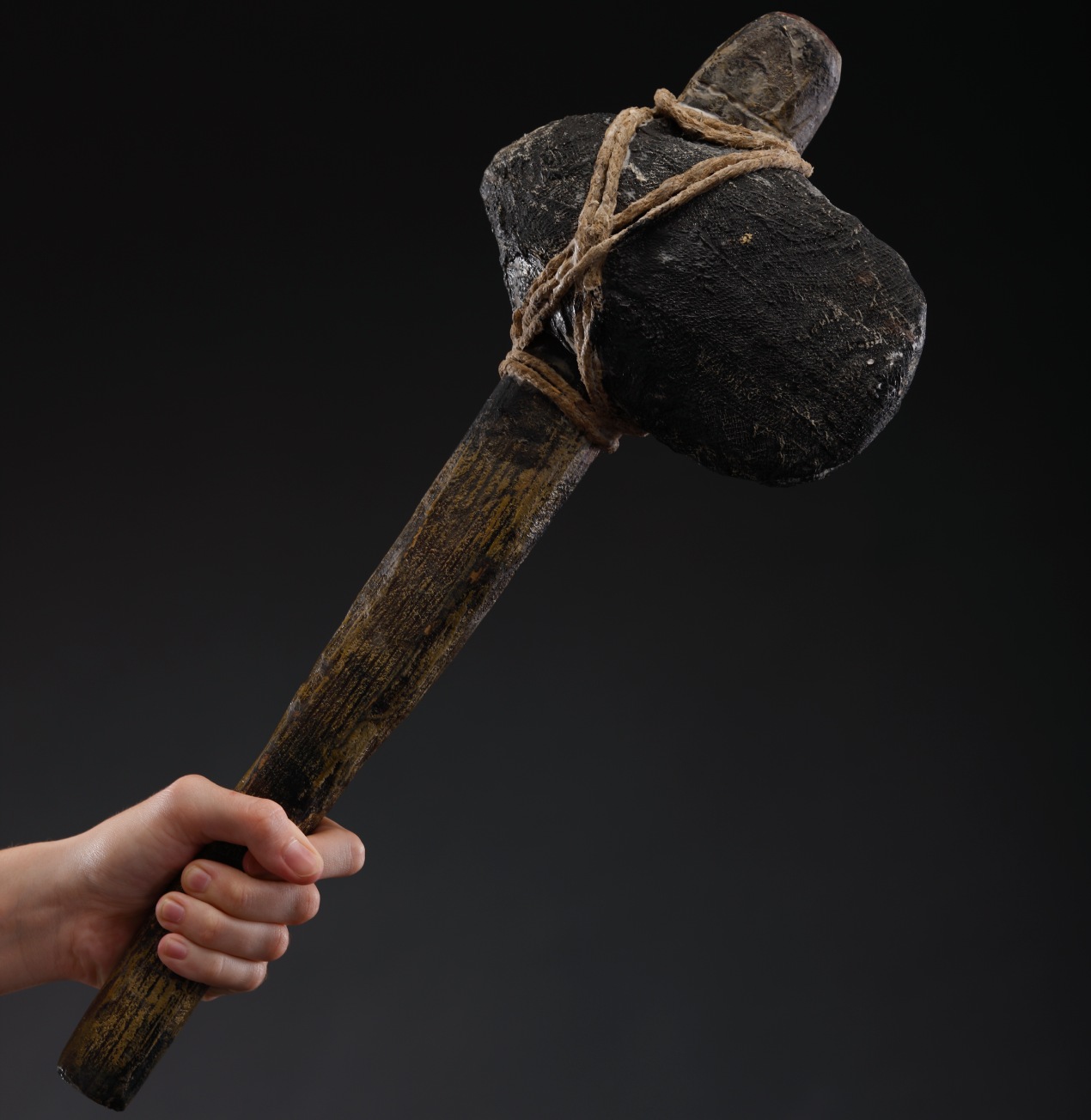
Timeless memorials and temples
The Great Pyramid of Giza in Cairo, Egypt, is the only one of the “Seven Wonders of the Ancient World” that is still standing today. Built as a tomb for the pharaoh Khufu between 2700 BCE and 2500 BCE, the monument was constructed using more than two million limestone and granite blocks.
Angkor Wat in modern day Cambodia was built as a Hindu temple between the years 1122 and 1150. It was constructed of as many as 10 million limestone blocks weighing up to 1.5 tonnes each. While the largest and most well-known of the Khmer Empire structures – it’s featured on the Cambodian flag – Angkor Wat is just one of dozens of temple complexes still standing in various states of repair in the region.
Perhaps the world’s most famous marble structure is the Taj Mahal. Built in the 1600s in Agra, India, the 17-hectare (42-acre) complex was built as a mausoleum for the wife of Mughal Emperor Shah Janan. The ivory-white building is capped by a 35-metre (115-feet) high dome.

Brick and dry-stone construction
Of course, stone wasn’t just used in the construction of monuments. Remnants of various types of dry-stone buildings (i.e. constructed without mortar) still exist in various parts of the world today, including Iron Age brochs, or round towers, in Scotland, igloo-shaped bories in France, and girnas, used by farmers and shepherds in Malta.
Bricks might be older than you think, with examples of sundried mud bricks dating back to 7000 BCE in Turkey and clay and straw bricks used in ancient Egypt. The industrial revolution made it possible to mass produce uniform bricks. Today you can still find historic homes and public buildings made with bricks across the four corners of the former British Empire.
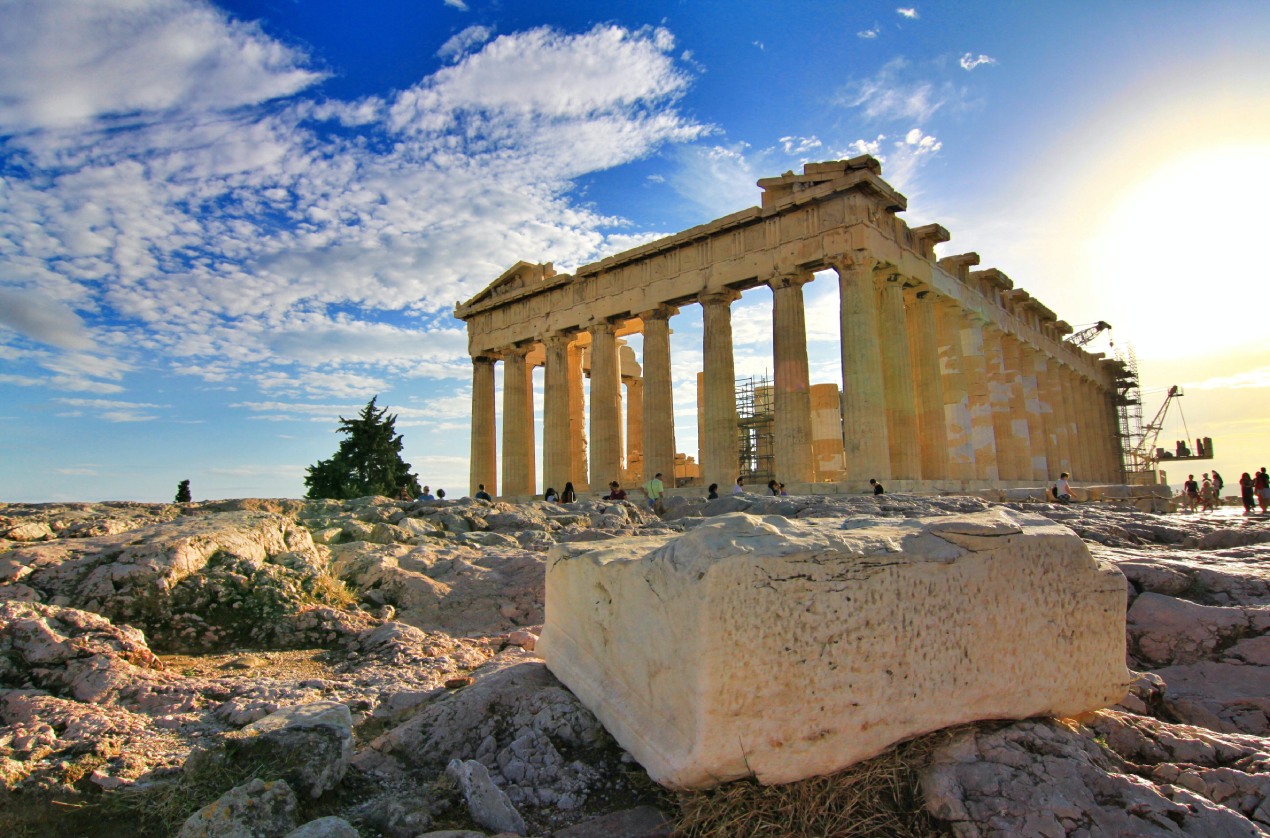
Decorative stone
Stone is not only durable, it can also be gorgeous, allowing it to serve dual purposes as functional and decorative. Our ancestors started quarrying marble in ancient Egypt, Turkey and Greece thousands of years ago. The marble columns on the Parthenon in Athens, Greece, are just one of countless examples of ancient architecture admired by tourists today.
Various types of natural stone including marble, travertine and slate have been used as floor, wall and roofing tiles throughout history. While we might think radiant heated floors are a modern invention, they also have a surprisingly long history. The Romans developed a system of in-floor heating that they called hypocausts. Much like our modern forced-air HVAC systems, warm air from a furnace was circulated through pipes below the floors and inside the walls of a home.
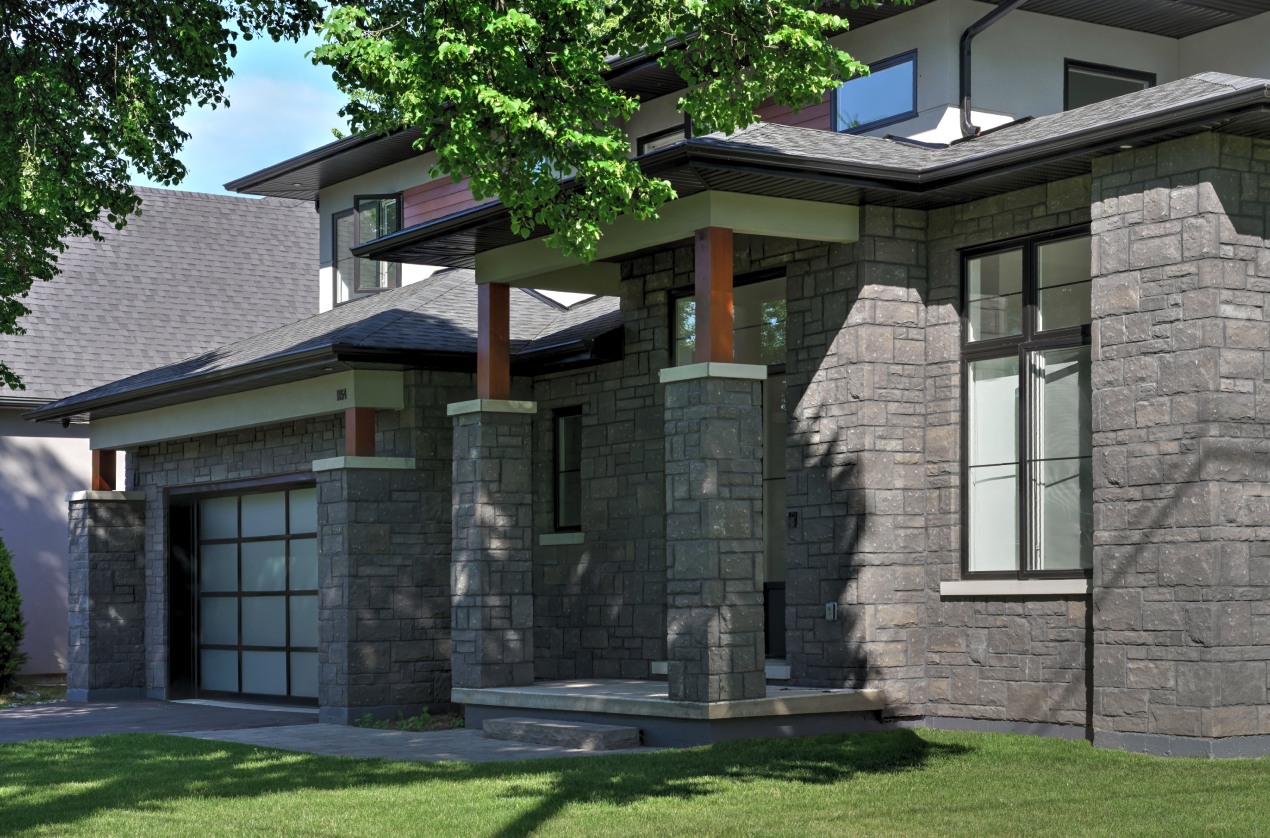
Modern material
While masonry may be an ancient building material, it remains the go-to choice for many modern homebuilders for both exteriors and interior finishing. For one, masonry products are the most durable choice on the market. Masonry is also the most energy efficient choice for exteriors.
View our gallery of residential and commercial projects to see just how versatile masonry is. You can also find a dealer across Canada and the United States who will schedule delivery of your masonry needs right to your site when you need them.
